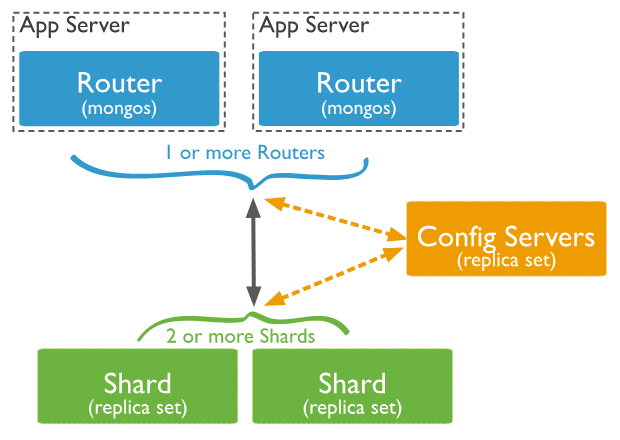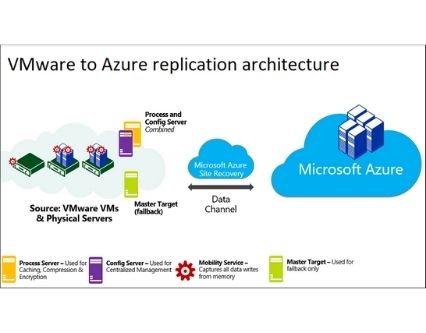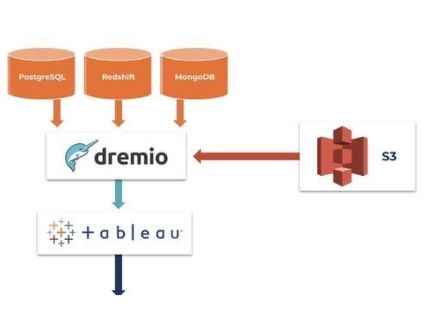- Nogle spørgsmål?
- +45 22 81 68 52
- info@scandiplan.dk
AWS RDS Snowflake



Do we need to assist your marketing team and research team in doing BI analysis and advanced data analysis on Azure sql server and make use of Azure Data Factory
or would you rather use AWS RDS Snowflake
Should we be your internal SSIS team?
Should we be your data engineers
We develop smart and well thought out applications
Amazon Relational Database Service (Amazon RDS) is a web service that makes it easier to set up, operate, and scale a relational database in the AWS Cloud. It provides cost-efficient, resizable capacity for an industry-standard relational database and manages common database administration tasks.
Overview of Amazon/AWS RDS Snowflake
Why do you want a managed relational database service? Because Amazon RDS takes over many of the difficult or tedious management tasks of a relational database:
- When you buy a server, you get CPU, memory, storage, and IOPS, all bundled together. With Amazon RDS, these are split apart so that you can scale them independently. If you need more CPU, less IOPS, or more storage, you can easily allocate them.
- Amazon RDS manages backups, software patching, automatic failure detection, and recovery.
- To deliver a managed service experience, Amazon RDS doesn’t provide shell access to DB instances. It also restricts access to certain system procedures and tables that require advanced privileges.
- You can have automated backups performed when you need them, or manually create your own backup snapshot. You can use these backups to restore a database. The Amazon RDS restore process works reliably and efficiently.
- You can get high availability with a primary instance and a synchronous secondary instance that you can fail over to when problems occur. You can also use MySQL, MariaDB, or PostgreSQL read replicas to increase read scaling.
- You can use the database products you are already familiar with: MySQL, MariaDB, PostgreSQL, Oracle, Microsoft SQL Server.
- In addition to the security in your database package, you can help control who can access your RDS databases by using AWS Identity and Access Management (IAM) to define users and permissions. You can also help protect your databases by putting them in a virtual private cloud.



